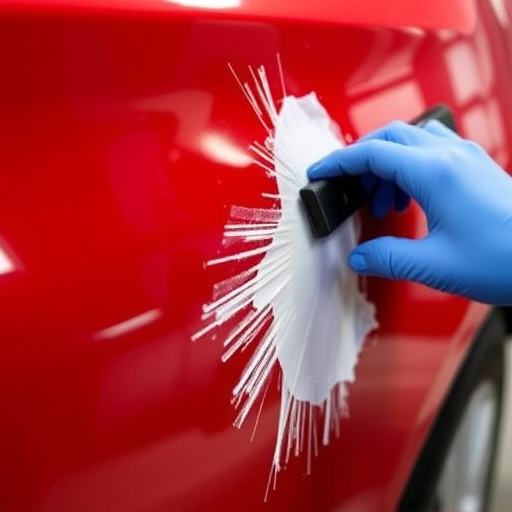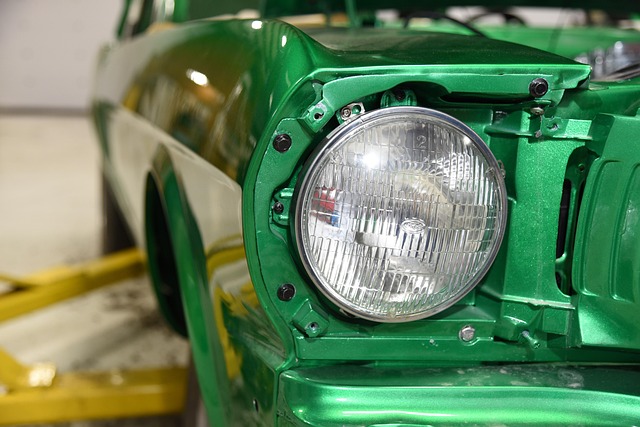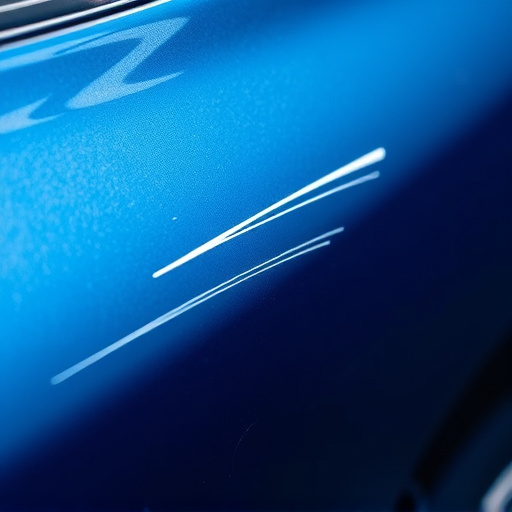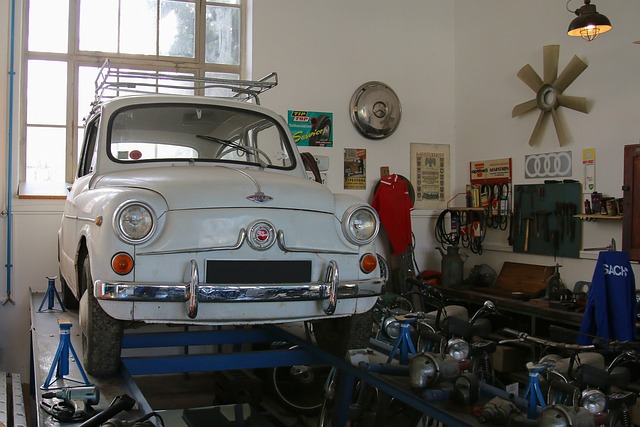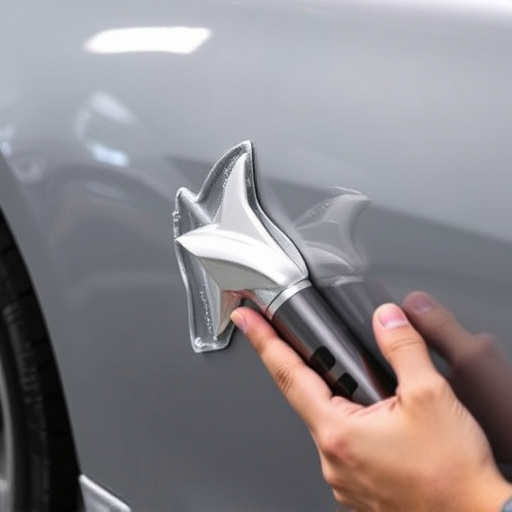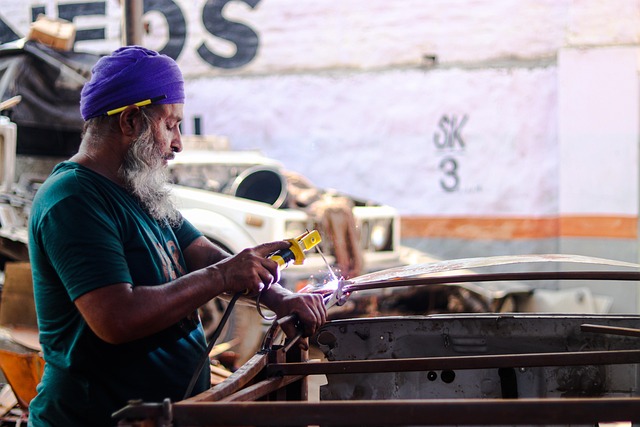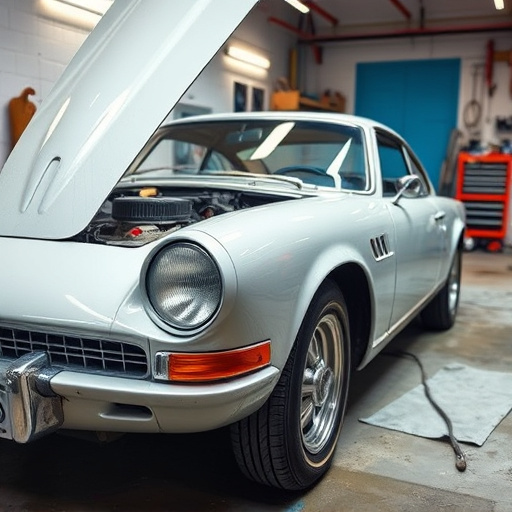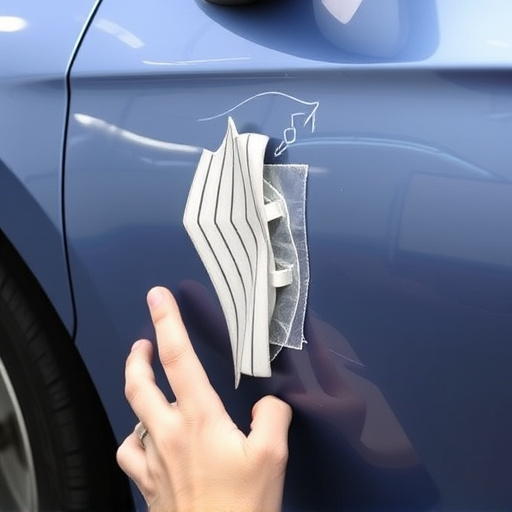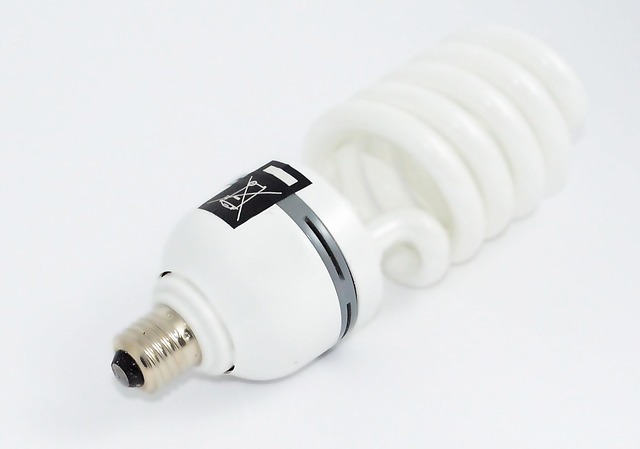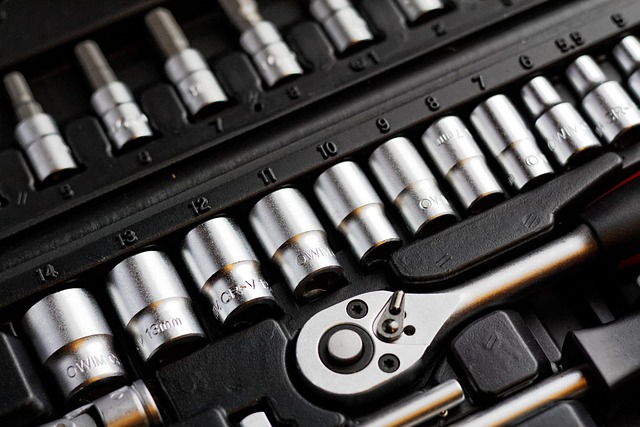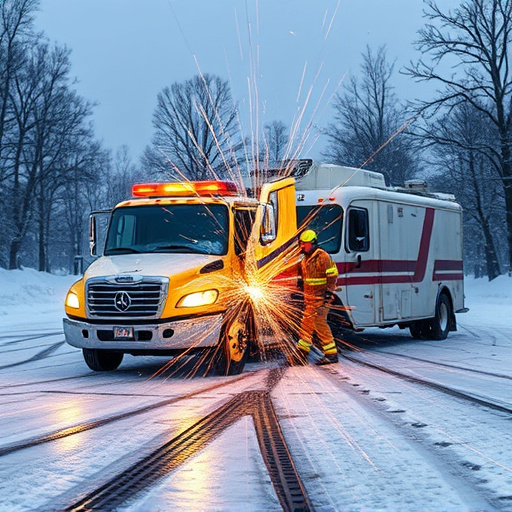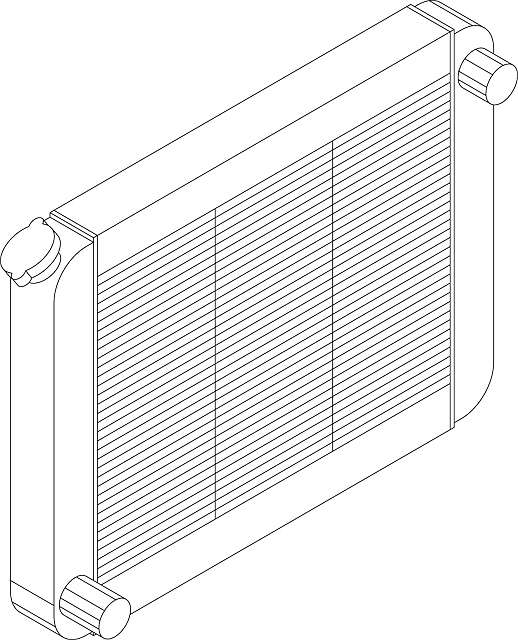Safety glass replacement is critical for driver safety and vehicle longevity, adhering to industry standards, local regulations, and best practices. Professionalism in bodywork services requires knowledge of safety glass specs, permit navigation, and structural integrity maintenance. Precise installation, environmental sustainability, and minimal disruption are key for both residential and automotive applications, especially in luxury vehicles like Mercedes Benz models.
“Ensuring safe and legal glass replacement is paramount for any property owner or manager. This comprehensive guide delves into the critical components of this process, empowering you with knowledge to navigate safety standards and legal considerations. From understanding industry regulations to implementing best practices for installation, we explore essential steps for a secure and efficient glass replacement project. Stay informed and protect your investment with these key elements of safe glass replacement.”
- Understanding Safety Standards for Glass Replacement
- Legal Considerations: Permits and Regulations
- Best Practices for Secure and Efficient Installation
Understanding Safety Standards for Glass Replacement

When it comes to glass replacement, safety is paramount. Understanding and adhering to industry standards ensures that the new glass not only enhances visibility but also provides robust protection against potential hazards. Safety glass replacement involves more than just selecting the right type of glass; it demands knowledge of applicable regulations and proper installation techniques. Professionals in car bodywork services, for example, must be well-versed in safety glass specifications to ensure compliance with local laws and industry best practices, ultimately contributing to driver safety and vehicle longevity. Similarly, when addressing minor issues like car scratch repair or even undergoing comprehensive car paint services, choosing safety-compliant glass is essential to maintain structural integrity and prevent future risks.
Legal Considerations: Permits and Regulations
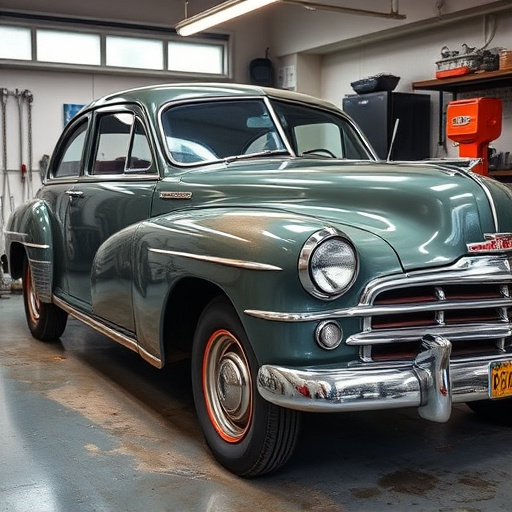
When undertaking safety glass replacement, whether for residential or commercial purposes, it’s crucial to navigate a web of legal considerations. Permits and regulations vary by region, but generally, any structural modifications to a building, including window replacements, require approval from local authorities. These restrictions are in place to ensure public safety and maintain the integrity of buildings. For vehicle body repair, specifically addressing hail damage repair or scratch repair through glass replacement, additional guidelines may apply, necessitating consultation with relevant automotive and insurance bodies.
Understanding these legal frameworks is paramount for avoiding penalties and ensuring the work complies with building codes. Professional contractors are well-versed in these regulations and can guide property owners through the permit process. This includes submitting detailed plans, adhering to specific safety standards, and obtaining the necessary approvals before commencing any glass replacement or vehicle body repair work. Such meticulous adherence to legal considerations guarantees not only compliance but also the longevity and structural soundness of the replacements.
Best Practices for Secure and Efficient Installation
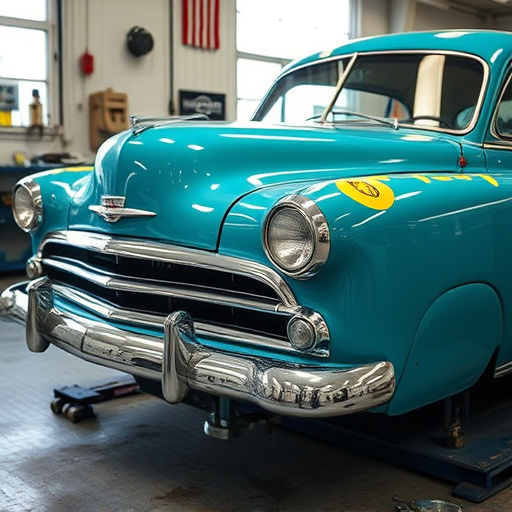
When undertaking safety glass replacement, whether for residential or automotive purposes, adhering to best practices ensures both optimal performance and safety. For luxury vehicle repairs, such as those common in Mercedes Benz repair, precise installation is paramount. This involves meticulous measurement and cutting to fit, ensuring seamless integration without compromising structural integrity. The process requires skilled technicians who understand the unique requirements of each make and model.
In vehicle repair, whether it’s a high-end luxury vehicle or a standard model, secure installation includes using appropriate tools and techniques. This includes sealing and securing glass panels correctly to prevent leaks and ensure weatherproofing. Additionally, proper disposal of old glass and recycling materials should be practiced to align with environmental sustainability goals. Efficient installation also means minimizing disruption to the surrounding area, ensuring that the vehicle or structure remains safe and secure during the replacement process.
When it comes to safe and legal glass replacement, adhering to stringent safety standards, understanding relevant regulations, and employing best practices are paramount. By integrating these key elements, professionals can ensure not only compliance with local laws but also the provision of robust, secure, and efficient installations. Prioritizing safety in glass replacement is a vital step towards creating safer environments while respecting legal frameworks governing this essential practice.
